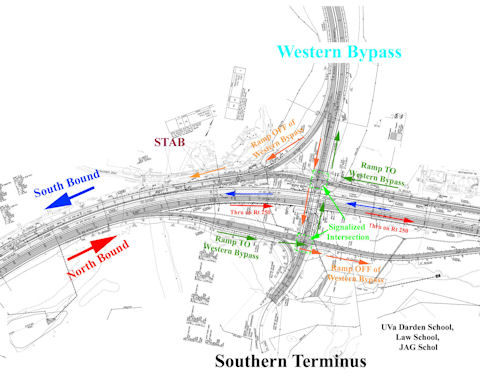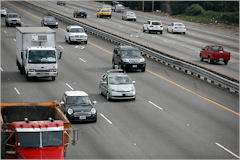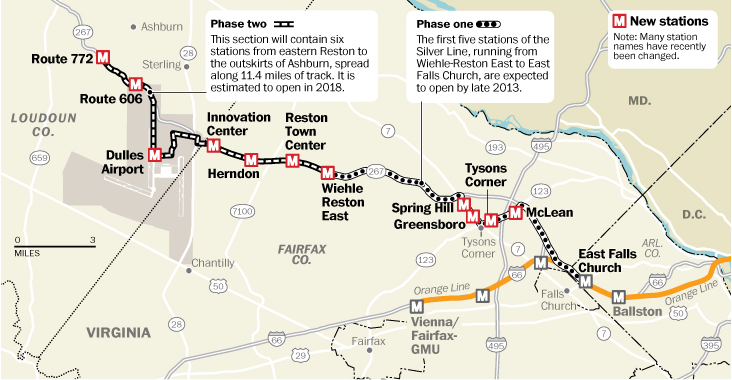
By Peter Galuszka
…The Fourth of July. Sorry that I have to spell it out, but there are a number of climate change deniers at this blog, including the Big Blogger himself, so it may be necessary to make things simple.
In case, you haven’t noticed, this Independence Day marks a period of some extreme weather. Record setting heat since last week touched off an exceptionally strong series of thunderstorms that left several dead and one million people in the Washington area without power. Some still don’t have power. When some had emergencies and tried to call 911, their Verizon service didn’t work because the power outages had fried some software.
Still don’t “get it?” According to Eugene Robinson of The Washington Post, quoting NASA’s Goddard Institute for Space Studies, nine of the 10 warmest years on record have occurred since 2000. The level of heat-trapping carbon dioxide is now more than 35 percent greater than it was since 1880, with most of it happening since 1960.
Quick quiz, students. What kind of activity has happened since 1880? No, not the death of the dinosaurs. Not an asteroid. But yes, intensive human activity and lots of burning of fossil fuel such as oil and coal. In orders words, the heyday of the Industrial Age.
Many scientists accept this. In fact, most believe that human activity has spiked the level of carbon dioxide and that was the basis of the 1997 Kyoto Accords to cut down on carbon-based emissions.
For those of you looking for summer reading, you might explore this very topic.
One book, by former Post managing editor and correspondent Steve Coll is “Private Empire: ExxonMobil and American Power” in which he details the amazing clout of this money machine so dynamic it makes about $5 million every hour. And guess who has funded research to attack the scientific basis of those researchers who explore the relationship among mankind, carbon emissions and climate change? Oil and coal firms, that’s who.
As Coll said in an interview: “ . . ExxonMobil took a really radical approach to the challenge of Kyoto, in my judgment. They funded, sometimes surreptitiously, free market groups and communications firms to challenge the science of global warming itself – not the economic bargain or the political bargain of Kyoto, but the science, to raise doubt about whether global warming was occurring at all, and if it was, whether it was a serious risk. They really polluted the public atmosphere in Washington through this funding campaign.”
Don’t like Coll? Well, here’s another summer reading book that really cuts to the chase. It is “The Hockey Stick and the Climate Wars. Dispatches from the Front Lines,” by Michael E. Mann, our favorite climatologist.
Mann, now at Penn State, was a climatologist at the University of Virginia who supported, as many scientists, the “hockey stick” data of temperature change, linking industrial activity with the greater emissions and warming. Mann got tangled in the tempest-in-a-teapot storm of the University of East Anglia emails (of which he was cleared of any wrongdoing) and then endured two years of harassment by Virginia’s hard right wing attorney general, Kenneth Cuccinelli, who tried and failed to get all of Mann’s emails while he was at U.Va. It was such a brazen witch hunt, just about every reputable scientific group in the advanced world denounced Cuccinelli’s assault on academic freedom.
Mann describes the entire, awful experience of being the victim of a smear campaign that is linked to the same conservative groups with Big Fossil money who tried to discredit him and others. The supposed fraud never was quite revealed involving the emails purloined from East Anglia, a British university that had long been a leader in climatology and had been associated with the late Hubert Lamb, a research pioneer in the area.
The controversy was touched off, Mann writes, when RealClimate, a website and blog started by climatologists, was hacked on Nov. 17, 2009 by someone using an anonymous server located in Turkey. Many of the emails were re-pieced together to make them particularly damning and then released to sympathetic members of the global media. Just about every right wing outfit, including some on this blog, there is started waving the emails as evidence of a new Watergate.
In the end, the character assassination went nowhere. Cuccinelli’s “civil investigative demands” for the U.Va. emails were thrown out of court. Even Virginia’s traditional right wing media weren’t biting. As Mann writes: “Numerous editorial boards across Virginia, including some of the state’s most conservative papers that had endorsed Cuccinelli’s run for office, also denounced Cuccinelli’s attack.”
Well, you get the idea. If you are looking for good summer reads, consider these books. That is, if you can stand the heat.












